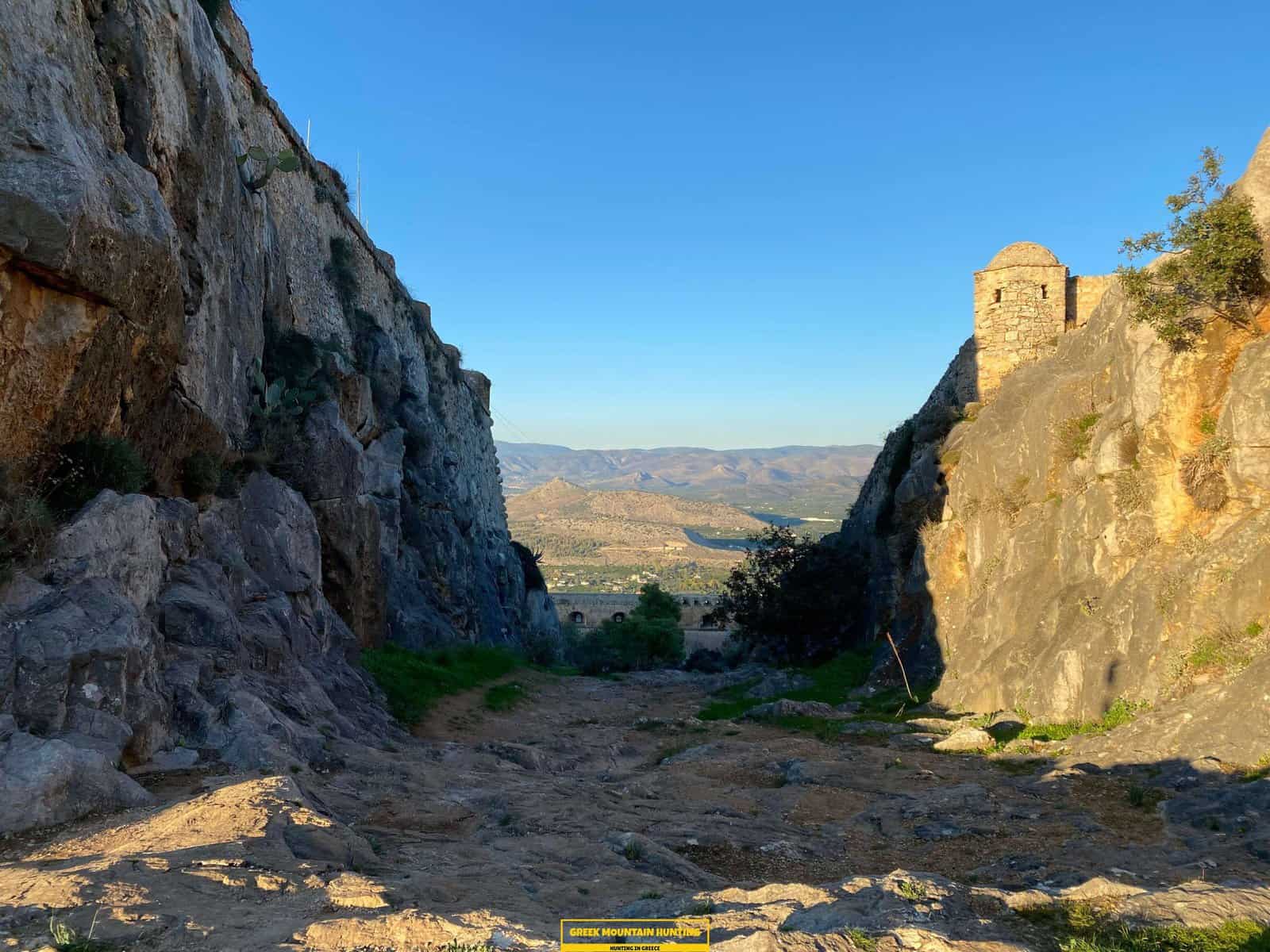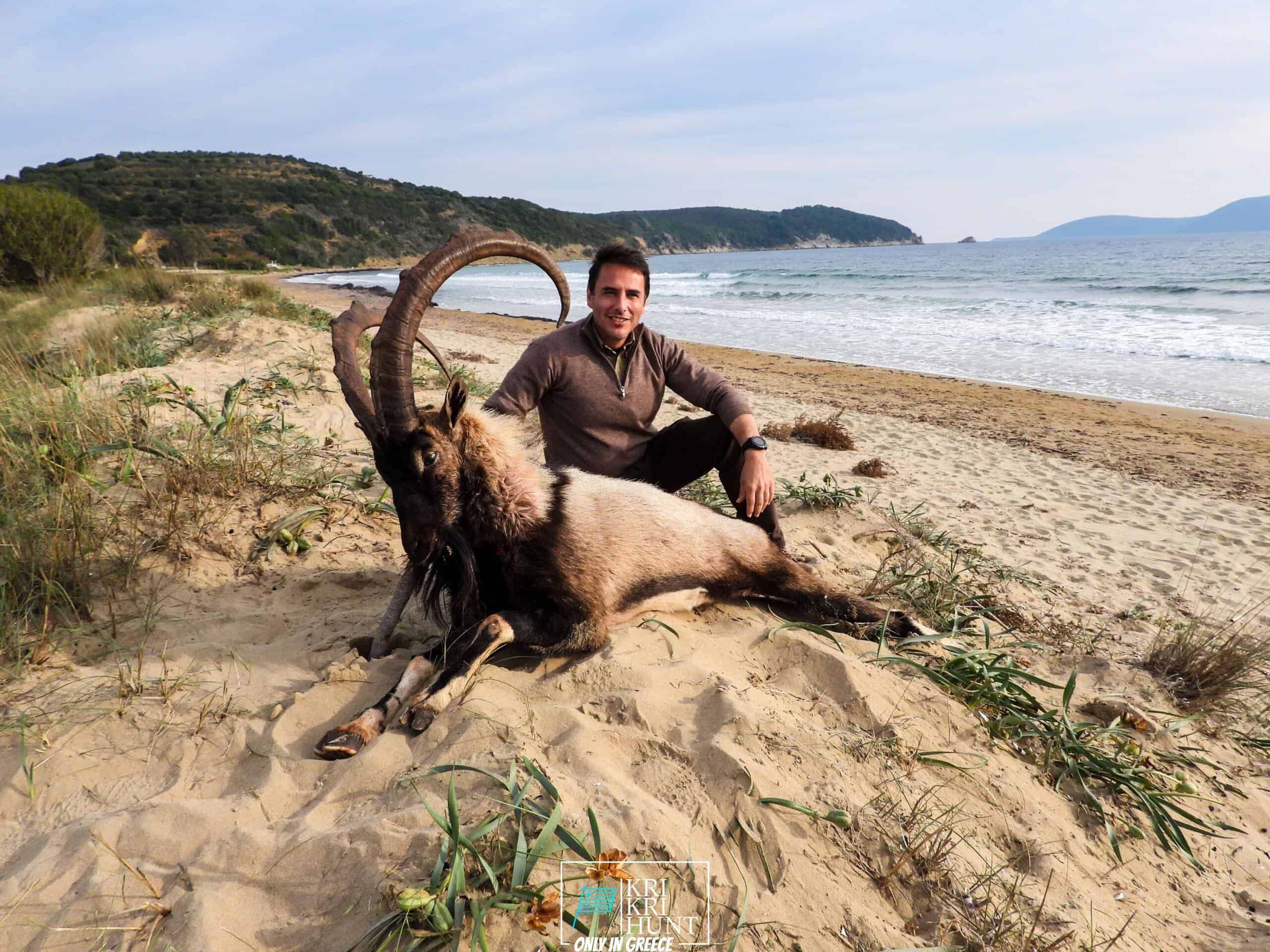
The ibex search is an extraordinary vacation and exciting hunting exploration in Greece. It is not constantly a tough hunt and also unpleasant conditions for most seekers. What else would you like to imagine throughout your tour of ancient Greece, diving to shipwrecks, as well as hunting for Kri Kri ibex on an unique island for 5 days?

Searching Kri-Kri Ibex on Sapientza Island is a gratifying but tough job. The ibex live in tough, rocky terrain that can conveniently leave you without shoes after just 2 journeys. Shooting a shotgun without optics can additionally be a challenging job. The hunt is well worth it as the ibex are some of the most stunning animals in the globe. Greece is a fantastic country with a rich history and also society. There are lots of tourism chances available, including walking, sightseeing, and naturally, searching. Greece offers something for everyone and also is absolutely worth a go to.
On our Peloponnese tours, you'll reach experience all that this amazing area needs to provide. We'll take you on a scenic tour of several of the most historical as well as gorgeous websites in all of Greece, including ancient damages, castles, and extra. You'll additionally reach experience some of the typical Greek culture firsthand by taking pleasure in several of the tasty food and also red wine that the area is known for. As well as of course, no trip to Peloponnese would certainly be total without a dip in the gleaming Mediterranean Sea! Whether you're an experienced hunter looking for a brand-new journey or a novice tourist simply wanting to check out Greece's stunning landscape, our Peloponnese trips are perfect for you. What are you waiting for? Schedule your trip today!
Look no even more than the Sapientza island in Greece if you are looking for Kri Kri ibex quest and memorable getaway destination. With its magnificent natural appeal, delicious food, as well as abundant society, you will not be disappointed. Schedule among our searching and touring Peloponnese Tours from Methoni today, dot forget your trophy Kri Kri ibex!
What is the diference between Kri Kri ibex, Bezoar ibex and hybrid ibex
The kri-kri is not thought to be indigenous to Crete, most likely having been imported to the island during the time of the Minoan civilization. Nevertheless, it is found nowhere else and is therefore endemic to Crete. It was common throughout the Aegean but the peaks of the 8,000 ft (2,400 m) White Mountains of Western Crete are their last strongholds–particularly a series of almost vertical 3,000 ft (900 m) cliffs called ‘the Untrodden’—at the head of the Samaria Gorge. This mountain range, which hosts another 14 endemic animal species, is protected as a UNESCO Biosphere Reserve. In total, their range extends to the White Mountains, the Samaria National Forest and the islets of Dia, Thodorou, and Agii Pandes.
This Ibex is NOT a diminutive form of the Bezoar Ibex, which has migrated into the western-most reach of the range of this species. The kri – kri (Capra aegagrus cretica), sometimes called the Cretan goat, Agrimi, or Cretan Ibex, is a feral goat inhabiting the Eastern Mediterranean, previously considered a subspecies of wild goat. The kri-kri has a light brownish coat with a darker band around its neck. It has two horns that sweep back from the head. In the wild they are shy and avoid tourists, resting during the day. The animal can leap some distance or climb seemingly sheer cliffs.
“The agrimi goat Capra aegagrus cretica is unique to Crete and its offshore islands. It has been identi®ed as a sub-species of the wild bezoar goat Capra aegagrus aegagrus Erxleben, 1777, which it closely resembles in horn shape, body form and coloration. This classi®cation has been disputed by some researchers who claim that the agrimi are feral goats, derived from early domestic stock brought to the island by the ®rst Neolithic settlers. In order to clarify this issue, DNA analyses (cytochrome b and D loop sequences) were carried out on tissue of live and skeletonized agrimi and compared to sequences of wild and domestic caprines. Results conclusively show the agrimi to be a feral animal, that clades with domestic goats (Capra hircus) rather than with wild Asiatic bezoar. This study demonstrates that morphometric criteria do not necessarily re¯ect genetic af®nities, and that the taxonomic classi®cation of agrimi should be revised.”